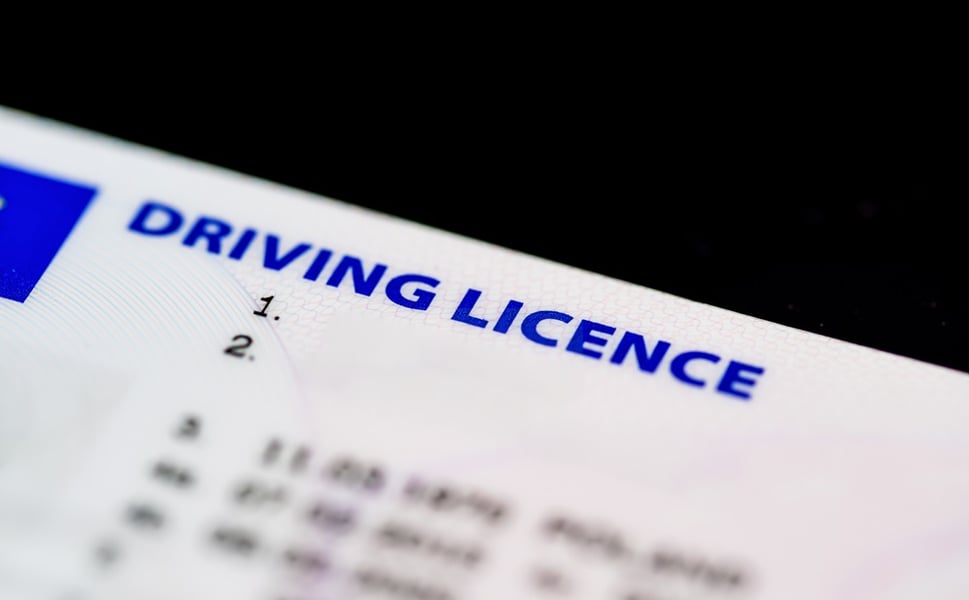The importance of secure ID verification is obvious - brokers are liable if fraudulent activity occurs as part of a mortgage transaction.

Conor Murphy, chief executive, Smartr365 and Danny Belton, head of lender relationships, Legal & General Mortgage Club
Mortgages are becoming more digital and technology is one of the key themes of the market in 2019. However, the identity and address verification process has stubbornly resisted the march of technology so far, with the main elements in this stage of the mortgage application still delivered by the client submitting physical and original documentation to the broker or lender.
The importance of secure ID verification is obvious - brokers are liable if fraudulent activity occurs as part of a mortgage transaction. Fraud can come in a few forms - from deliberate misrepresentation of income or the property value - through to organised crime syndicates overvaluing properties, using false identities and then failing to make mortgage payments.
Robust ID and address verification processes are vital – but that doesn’t mean they cannot also be digital. Working with physical documents adds unnecessary time and manual work to the mortgage process for borrowers, brokers and lenders alike. There are also geographical limitations that face-to-face verification imposes.
Technology can streamline the process while still meeting the compliance and security standards demanded by lenders. However, few providers are doing this across the entire mortgage process.
Most are only looking at individual components of the mortgage journey, and many are viewing lender APIs as the silver bullet. We must look at the process as a whole, using technology to update the way ID and address verification is done, and automating this process to make it as simple as possible for lenders, brokers, and borrowers.
The key to adoption of this technological advancement is for the industry to accept the compliance implications of a digitised and automated ID and address verification process, as well as a commonly approved standard agreed by the sector.
Brokers are the first line of defence against fraud, and significant responsibility rests with intermediaries to conduct adequate checks. Even though a lender will conduct its own checks, brokers must still ensure they have been vigilant – if a case goes wrong, the lender may hold the broker liable. If broker checks were not of a sufficient standard, they will draw censure – but if they were proven to be adequate, brokers are protected.
The adoption of an industry-wide standard for online ID and address verification is essential. This will require close collaboration between stakeholders across the mortgage industry to endorse a standard, which can then be made universally available to help lenders and brokers update their processes, and we are thankfully seeing more and more lenders becoming open to this approach.
If we can successfully make ID and address verification digital, it will unlock a truly end-to-end frictionless mortgage process. Other elements are more easily transferred online, but these advancements are limited if they are deployed in isolation.
There’s no point speeding up other (less time-consuming) parts of the process, only for ID verification to hold us back.



